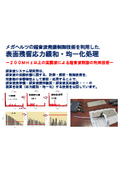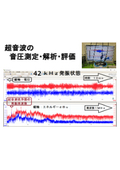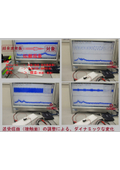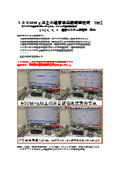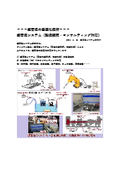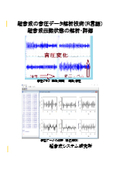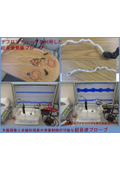A technology that adjusts piezoelectric elements for ultrasound to enable control of propagation frequency—know-how for optimizing low-frequency resonance phenomena and high-frequency nonlinear phenomena.
The Ultrasonic System Research Institute has developed a tuning technology for piezoelectric elements that enables control over the linearity and non-linearity of surface elastic waves of objects ranging from 500 Hz to over 700 MHz.
We manufacture and develop original ultrasonic oscillation control probes tailored to specific purposes.
The key point is the optimization of propagation characteristics of surface elastic waves on ultrasonic elements according to their intended use. To achieve this, we conduct operational verification of the ultrasonic propagation characteristics of the original probes (sound pressure level, propagation frequency range, non-linearity, dynamic characteristics, etc.).
By classifying ultrasonic probes based on their propagation characteristics, we determine the usable ranges of sound pressure level, frequency, and non-linearity.
Ultrasonic Probe: Outline Specifications
- Measurement Range: 0.01 Hz to 200 MHz
- Oscillation Range: 0.5 kHz to 25 MHz
- Propagation Range: 0.5 kHz to over 700 MHz (confirmed and evaluated through analysis)
- Materials: Stainless steel, LCP resin, silicon, Teflon, etc.
- Oscillation Equipment: Example - Function Generator
Ultrasonic Propagation Characteristics
1) Detection of vibration modes
2) Detection of non-linear phenomena
3) Detection of response characteristics
4) Detection of interactions


Inquiry about this news
Contact Us Online
Related Documents
Related product
Related catalog(20)


